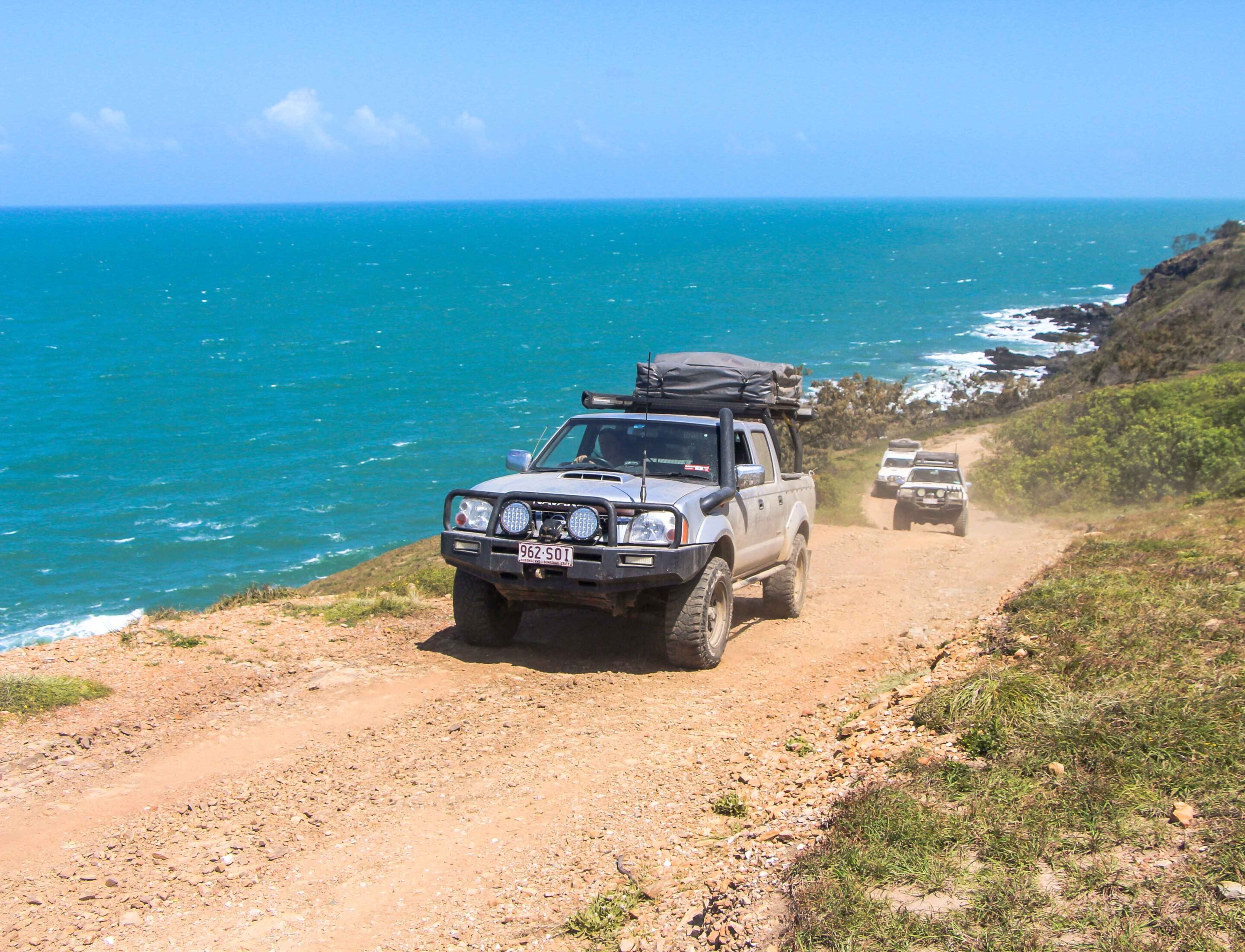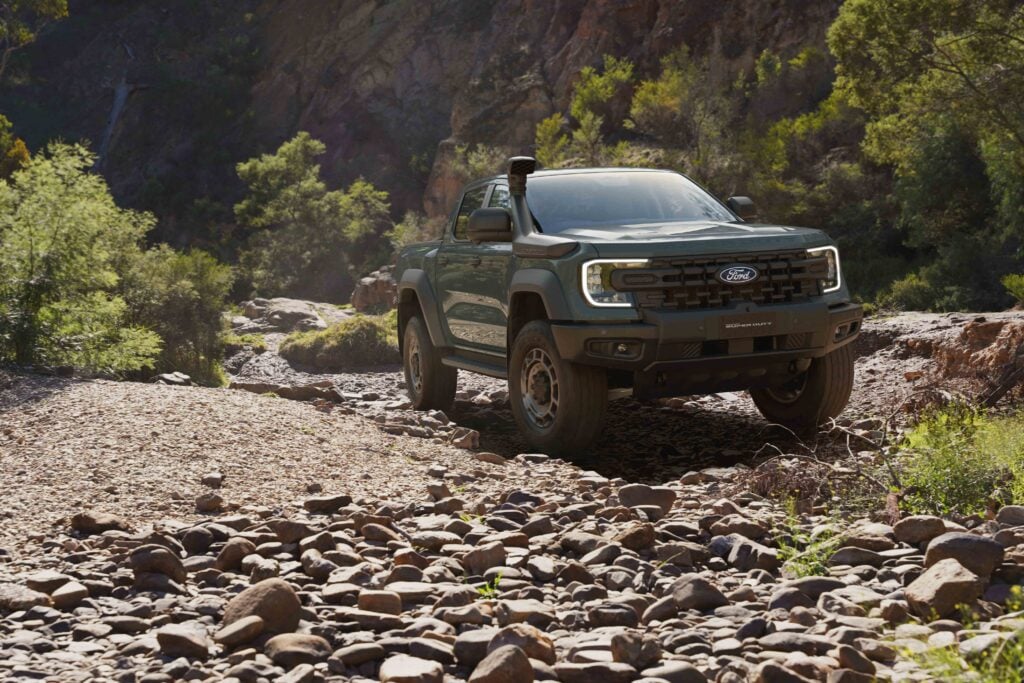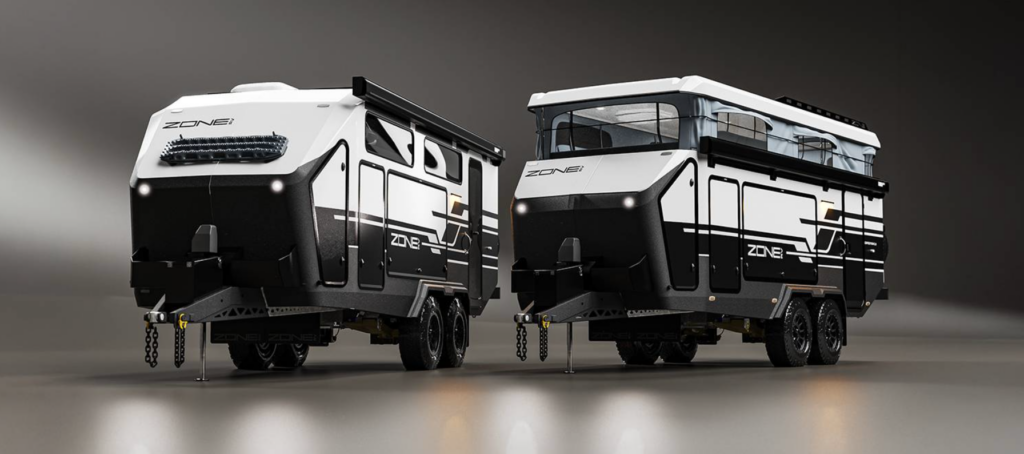Queensland park rangers recently issued fines to individuals responsible for building and occupying an illegal 4WD campsite on Curtis Island National Park.
The structure, a hand-built shack complete with makeshift furniture and debris, remains standing for now, but authorities have confirmed it will be removed in due course. The Department of Environment, Science and Innovation (DESI) cited breaches of the Nature Conservation Act and made clear that unauthorised structures and unbooked camping are not tolerated in protected areas.
However, the enforcement action has reignited a familiar tension. Just across from the fragile dunes and turtle nesting beaches of Curtis Island sit three massive liquefied natural gas (LNG) processing plants – industrial giants that have operated on the southern tip of the island for over a decade. For some, the irony is hard to ignore. As one commenter, Leighton Sinclair, put it bluntly on Facebook:

It’s a sentiment that resonates with many in the 4WD and conservation communities, who question the selective application.
Gas plants versus illegal shack
The contrast is striking. On one side of the island, heavy machinery runs day and night – dredging, discharging, emitting and transporting – with a long-term industrial footprint. On the other, a campsite built by off-grid campers is labelled an environmental threat and set for demolition.
The situation raises questions about consistency in enforcement. While unauthorised camping and construction in national parks can cause real ecological harm, it’s difficult for some to reconcile the speed and force of action against individuals, while larger industrial operations continue.
Wildlife under pressure
Curtis Island is one of the most ecologically significant locations on Queensland’s central coast.
It’s home to critical flatback turtle nesting grounds, diverse birdlife and unique coastal bushland. National park areas like Turtle Street and Joey Lees Beach are protected not just for recreation, but for the conservation of these species and habitats.
According to reports, the illegal camp was built close to these sensitive zones. Even low-level human activity – off-trail movement, waste and noise pollution – can disturb nesting turtles and degrade the fragile dune systems that support them.
But those familiar with the island’s broader ecological context point to deeper, longer-term threats. The LNG facilities require dredging of nearby channels, generate constant light pollution, and contribute to cumulative impacts that are far more difficult to reverse. Yet these remain a largely accepted part of the island’s landscape.
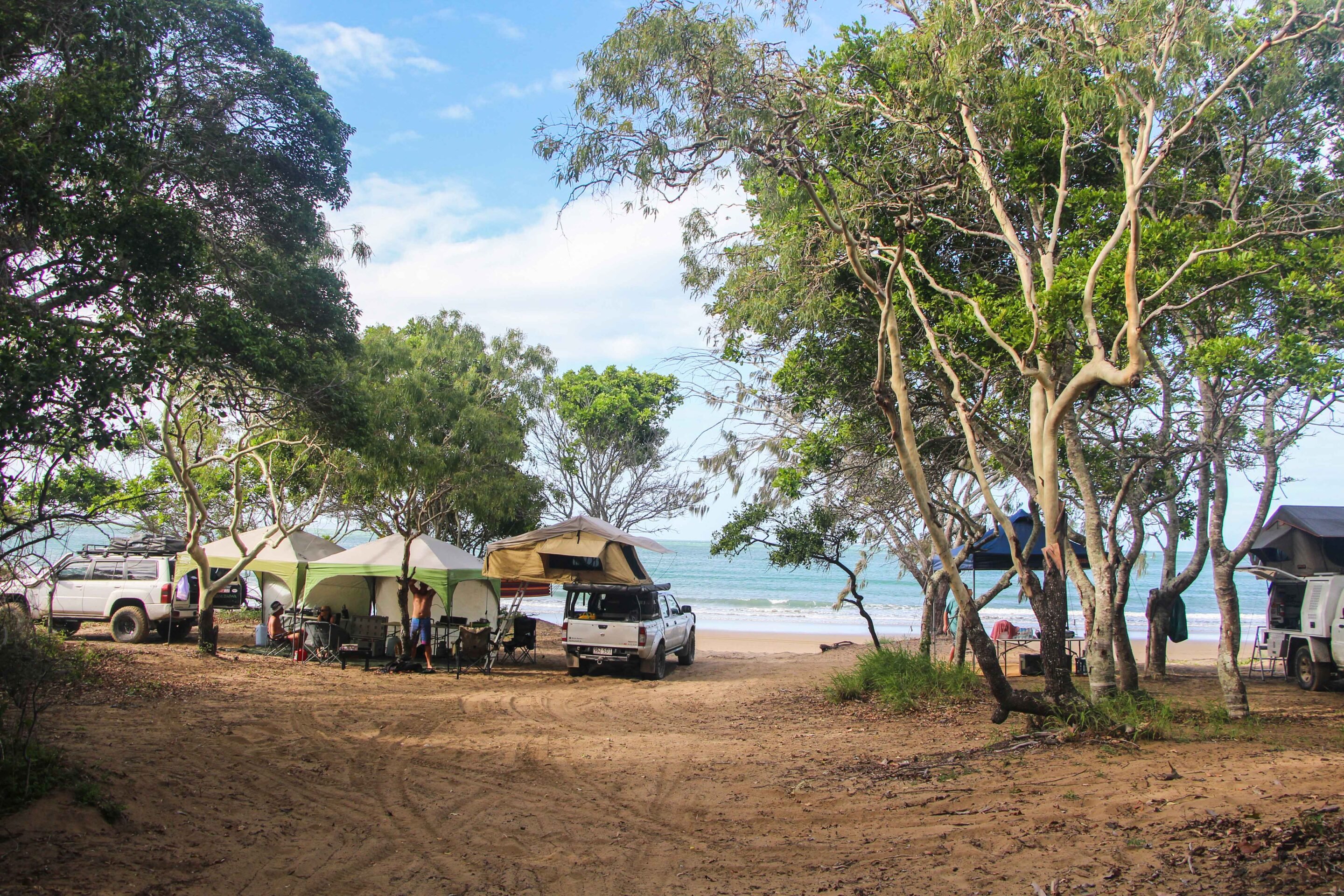
4WD culture caught in the middle
Curtis Island has always appealed to adventurous 4WD travellers. It’s remote and only accessible by ferry from Gladstone. Its wide beaches, rugged tracks and isolated fishing spots draw visitors. But with that access comes responsibility.
Camping is permitted only in designated sites. Fires are banned. All stays must be booked through Queensland’s online park system. And structures – even temporary ones – are strictly forbidden under the Nature Conservation Act 1992.
The individuals behind the Curtis Island hut ignored every part of that. While they’ve now been fined, the structure itself remains, pending removal by the department.
Selective scrutiny?
However, at the heart of the discussion is not whether rules should be enforced – but whether the same level of scrutiny is applied to all parties impacting the environment.
It’s one thing to act quickly on illegal camping; it’s another to question the long-term environmental cost of industrial expansion on and around protected land. Curtis Island is a clear reflection of that complexity – one half wild national park, the other half industrial energy hub. Queensland’s message is clear: national parks are not free-for-all zones. But for enforcement to truly align with conservation values, it must consider all pressures on the landscape – from remote campsites to multi-billion-dollar projects.
As Curtis Island awaits the official removal of the shack, the broader discussion continues to ripple across beaches and barge queues alike. The structure may not be gone yet, but the spotlight it brought to the island’s contradictions is already well in place.
We recommend
-
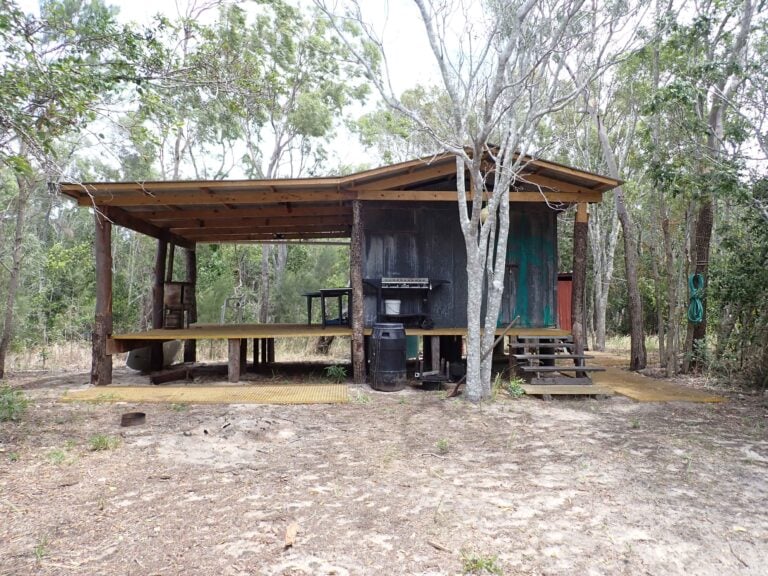 News
NewsIllegal 4WD camp busted on Curtis Island – fines issued over unauthorised cabin in protected National Park
Rangers have uncovered a hidden retreat on Curtis Island, built with felled trees
-
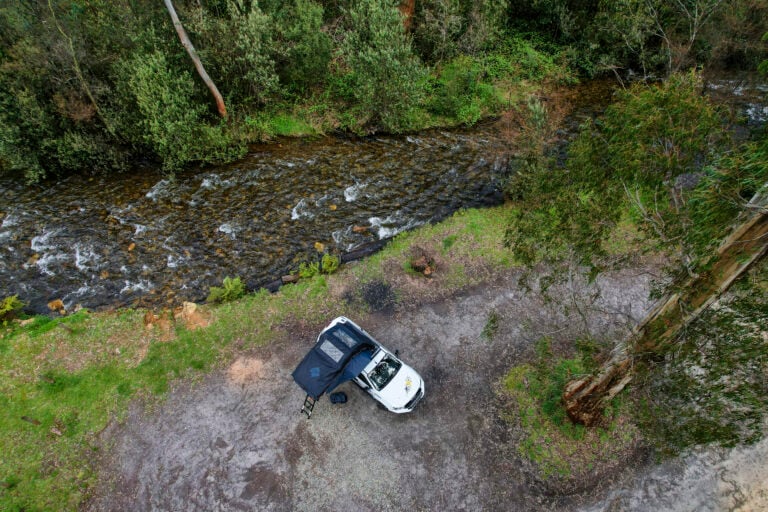 News
NewsLocals lead crackdown on illegal campers in Noosa
Community tip-offs led to a blitz in Noosa, with more than 30 illegal campers slapped with fines
-
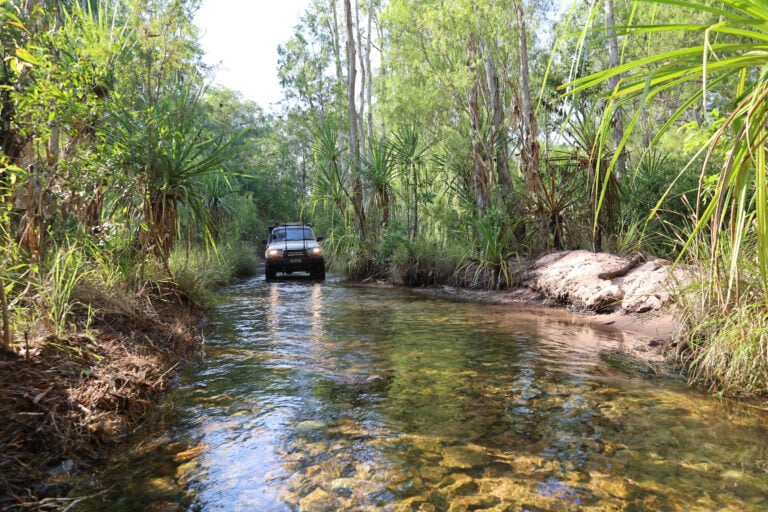 News
NewsLitchfield National Park set to expand by more than 20 per cent
Litchfield National Park is set for its biggest expansion in decades, unlocking new 4WD tracks, waterfalls, and camping areas in the NT's Top End

